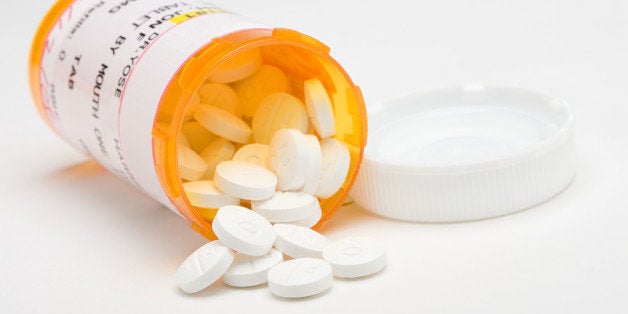
Hypertension treatment guidelines have recommended lowering systolic blood pressure (SBP) to a level below 140 mmHg in most patients. In some, lowering below 130 or 150 is recommended. We suspect that even lower is better, but have lacked the evidence to prove it.
We now have the long awaited and widely publicized results of the recently published SPRINT study. The study treated one group of patients to the current target SBP of under 140, and a second group more aggressively to a target SBP under 120. After 3 years, cardiovascular outcome was better in the 120 group. When the outcomes of heart attack, stroke, heart failure and cardiovascular death were lumped together, there were 243 cardiovascular events among the 4678 in the 120 group vs. 319 among the 4683 in the 140 group, a 25 percent reduction. Everyone is now asking: should your doctor lower your SBP, and everyone's SBP, to below 120?
I believe aiming for 120 or lower in everyone is wrong. For some it will do harm. Here are my reflections about the study.
Although the study concludes that the target of 120 is better, it does not tell us whether the target of 120 does more harm or good than aiming for a slightly less stringent target of 125 or even a little higher. The outcome with a 120 target might be only minimally if at all better while exposing more patients to the harm of more medication, and more major and minor adverse effects. As I emphasize in Hypertension and You, different people need different treatment. For some, particularly among older patients, 120 is just too low.
Another problem is that statistics can overstate the benefit and understate the harm. The upshot of the next paragraph (you can skip it if statistics bore you) is that the harm might exceed the benefit. Here's why:
Let's put the 25 percent reduction in cardiovascular events into perspective. 76 cardiovascular events were prevented (243 vs. 319) among 4680 people, benefiting 1.6 percent. To prevent these 76 events, most of which were not fatal, thousands in the 120 group were exposed to the risks of increased or excessive medication, and there was a higher incidence of serious adverse effects. Compared to the 140 group, 50 more people fainted, 44 more had dangerously low blood pressure, 120 more experienced a potentially dangerous lowering of blood sodium or potassium level. The number of hospitalizations was not specifically listed. So the benefit was not without serious risk.
Similarly, the cardiovascular death rate was reduced by a substantial 43 percent, but this consisted of 37 versus 65 deaths, reducing cardiovascular mortality from 1.4 percent to 0.8 percent. It prevented 28 cardiovascular deaths among 4680 people. To prevent 1 cardiovascular death, 167 people had to be treated to the lower BP target for 3 years, exposing many to the major and minor side effects of added drugs or dosage.
At least three other unmentioned but very important concerns also demand our caution in responding to the results of the study. First, even though your doctor might intend to achieve an SBP below but near 120, your blood pressure can fall to a much lower and dangerous level with the added medication, either right away, or much later. Second, the study did not even mention the issue of "minor" side effects. As I discuss in Hypertension and You, adding medication increases the likelihood of side effects that are not dangerous, but can affect quality of life for many years, such as swelling in the legs, constipation, fatigue, mental dullness, sexual dysfunction, and many, many others. Third, in the study, BP was measured correctly: patients sat quietly for five minutes and then 2 or more readings were taken. Studies show, and my patients confirm to me, that most doctors don't do this, yielding BP readings that are misleadingly higher. If your SBP is over-read this way, you are at greater risk of over-treatment and harm than were the study patients. The risk of harm may be higher in the real world than in the study.
So what is the bottom line?
1.If your SBP is in the 130s on treatment, a lower BP might be better, in some but not in all.
2.If your BP is in the mid-120s, the study does not prove that your doctor needs to push more medication to get it below 120. We don't know that the few millimeters are worth a lifetime of more medication and greater risk of major and minor side effects.
3.An SBP target below 120 or even below 125 is not for everyone. Your doctor needs to judge whether a target that low is right for you. If it can be achieved with a modest amount of medication and without side effects, great. But I would never ask a patient to tolerate years of a side effect for a few extra millimeters.
4.Make sure your doctor allows you to sit quietly for a few minutes before checking your BP, and that he takes more than one reading. Otherwise you will be at high risk of overtreatment.
5.Finally, in general, younger patients should be targeted to an SBP in the low 120s or perhaps lower. In older patients, particularly those over 70 or 80, who are more prone to adverse effects, I believe a target SBP below 120 is too low.